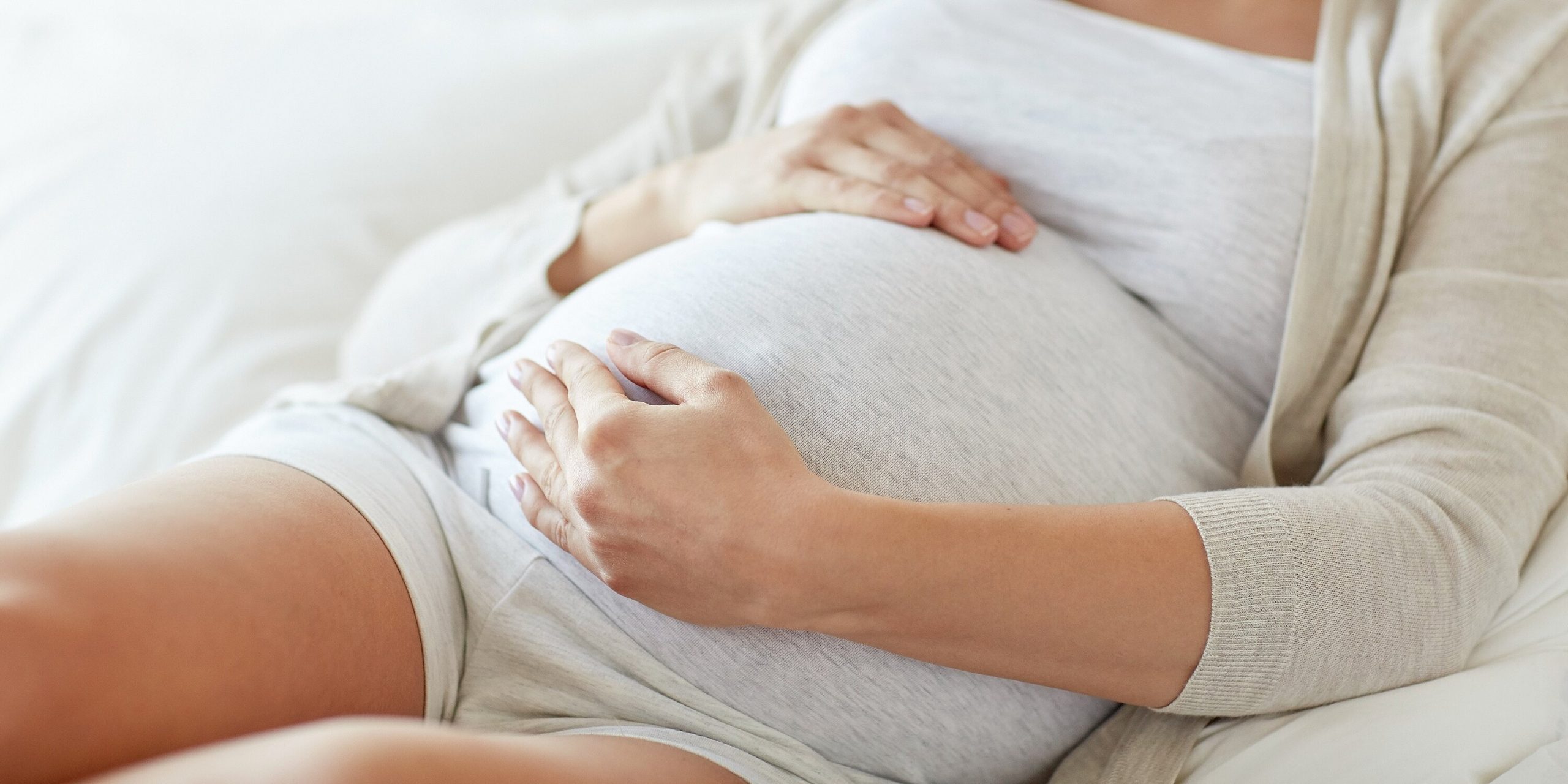Most healthy pregnant women have no significant problems, and most births are not life-threatening emergencies. A competent midwife or skilled delivery assistant can frequently handle a challenging birth and save it from turning into an emergency.
But a woman dies from pregnancy- or childbirth-related problems every minute of every day. The majority of these fatalities take place in underdeveloped areas, and many of them might be prevented.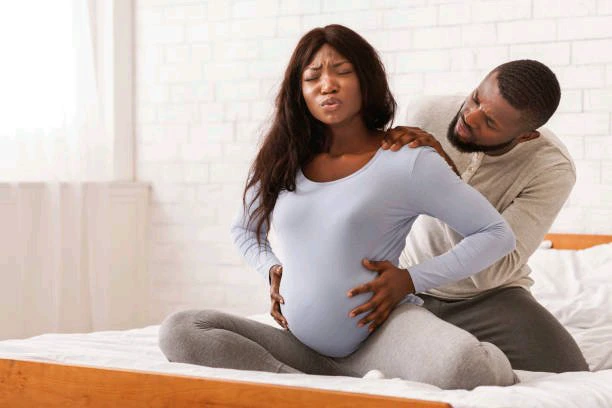 When a woman passes away as a result of something linked to her pregnancy, it is referred to as maternal mortality, or death of the mother. A mother may pass away during pregnancy, during labour and delivery, or up to 42 days after giving birth or terminating a pregnancy.
When a woman passes away as a result of something linked to her pregnancy, it is referred to as maternal mortality, or death of the mother. A mother may pass away during pregnancy, during labour and delivery, or up to 42 days after giving birth or terminating a pregnancy.
According to expert, the following are 6 common causes of death during pregnancy and ways to avoid it
Common causes.
1. Postpartum bleeding.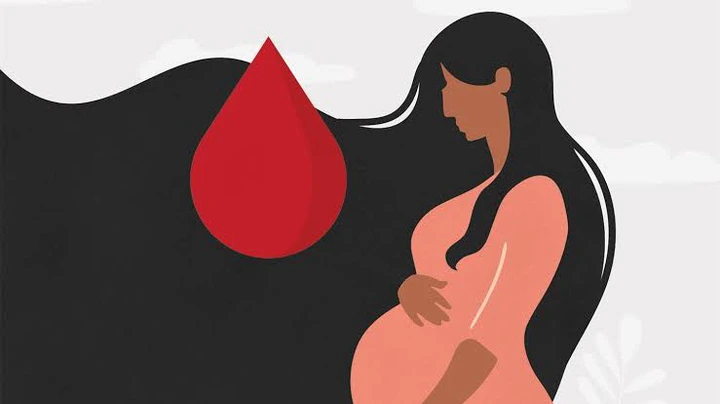 Postpartum bleeding is the term for uncontrollable bleeding from the uterus, cervix, or vaginal wall after a haemorrhage. This may occur if the uterus does not contract normally after delivery, if the placenta is still inside the womb, or if the cervix or vagina have scars from childbirth.
Postpartum bleeding is the term for uncontrollable bleeding from the uterus, cervix, or vaginal wall after a haemorrhage. This may occur if the uterus does not contract normally after delivery, if the placenta is still inside the womb, or if the cervix or vagina have scars from childbirth.
2. Hypertensive disorders.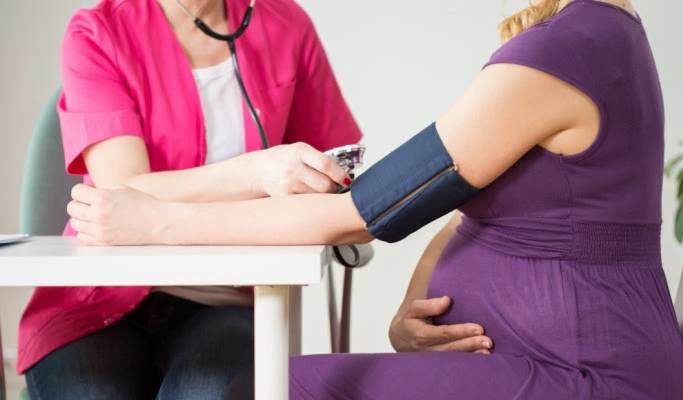 Hypertensive issues arise when the body’s blood pressure isn’t appropriately managed when pregnant. This is brought on by changes in the blood vessels near the placenta that occur during pregnancy. Examples of these medical conditions include gestational hypertension and pre-eclampsia.
Hypertensive issues arise when the body’s blood pressure isn’t appropriately managed when pregnant. This is brought on by changes in the blood vessels near the placenta that occur during pregnancy. Examples of these medical conditions include gestational hypertension and pre-eclampsia.
3. Postpartum infections. Postpartum infections are infections of the uterus or other parts of the reproductive tract that occur after giving birth. These infections, which are typically bacterial, frequently have a fever, increased pain, and foul-smelling discharge as common symptoms.
Postpartum infections are infections of the uterus or other parts of the reproductive tract that occur after giving birth. These infections, which are typically bacterial, frequently have a fever, increased pain, and foul-smelling discharge as common symptoms.
4. Obstructed labor.
Obstructed labour is the medical term for labour in which the baby does not exit the body and enter the pelvis as it should. The baby’s head being too big or angled in a way that prevents it from passing through the pelvis and delivery canal is the most prevalent reason for obstructed labour.
5. Blood clots.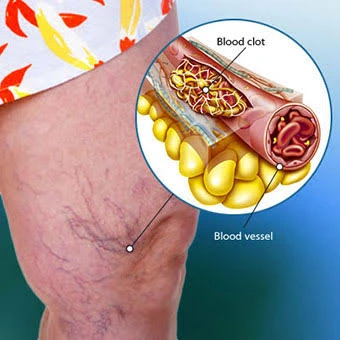 Numerous body veins, including those in the arms, legs, and lungs, are susceptible to the development of blood clots. They can damage the lungs and spread to the heart and brain, complicating matters.
Numerous body veins, including those in the arms, legs, and lungs, are susceptible to the development of blood clots. They can damage the lungs and spread to the heart and brain, complicating matters.
6. Unsafe abortion.
When it is legal and available, abortion is typically regarded as being less dangerous than carrying a pregnancy to term and giving birth. In fact, a study that was published in the journal Obstetrics & Gynecology found that the risk of death is 14 times higher when a pregnancy is carried to term and a baby is delivered than when an abortion is permitted.
Contrarily, abortion is risky and illegal in many countries around the world. Thirteen percent of all maternal deaths worldwide are caused by improperly performed operations, which are preventable.
Prevention.
1. Education.
Young women (and men) can make better decisions for themselves if they have a greater awareness of reproduction, fertility, birth control, and the risks of unprotected sexual activity. With the right family planning information, unwanted pregnancies and dangerous abortions can be averted.
2. Access to Health Care. Because of improvements in healthcare, the control of pre-existing conditions, and the availability of safe practises, it is now possible to prevent death during pregnancy. Services related to nutrition and reproductive health are especially important for girls and young women.
Because of improvements in healthcare, the control of pre-existing conditions, and the availability of safe practises, it is now possible to prevent death during pregnancy. Services related to nutrition and reproductive health are especially important for girls and young women.
3. Cleanliness.
By practising good hygiene and taking care of one’s body, germs can be kept at bay. Infection can be avoided with regular handwashing, a clean perineal area during prenatal visits, and a clean delivery room.
4. Pregnancy Care. A safe birth can be achieved by receiving expert care both before and during labour. If at all possible, women should deliver their babies in a hospital. If giving birth in a hospital, clinic, or office is not an option, someone with childbirth experience should handle home deliveries.
A safe birth can be achieved by receiving expert care both before and during labour. If at all possible, women should deliver their babies in a hospital. If giving birth in a hospital, clinic, or office is not an option, someone with childbirth experience should handle home deliveries.
5. Postpartum Monitoring.
The care that women require does not end after childbirth. After birth, checking for abnormal bleeding or infections can make all the difference. A woman may be prevented from learning how to care for herself after giving birth, as well as from accessing postpartum care and life-saving antibiotics, if she lives far from services or cannot pay them.

 Latest1 week ago
Latest1 week ago
 Uncategorized6 days ago
Uncategorized6 days ago
 Business7 days ago
Business7 days ago
 Business6 days ago
Business6 days ago
 News3 days ago
News3 days ago
 Politics3 days ago
Politics3 days ago
 Latest5 days ago
Latest5 days ago
 Crime4 days ago
Crime4 days ago
